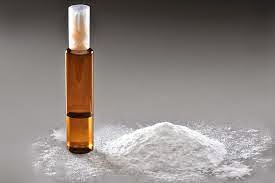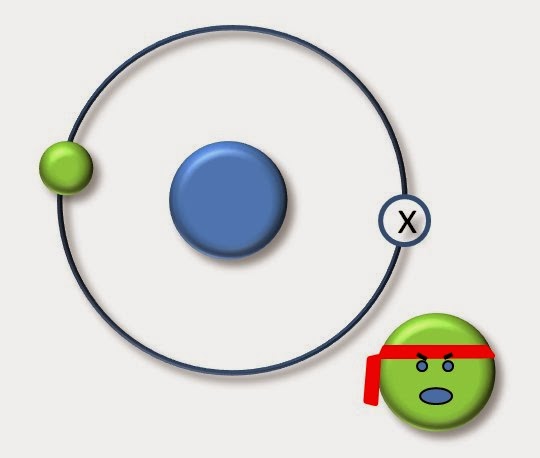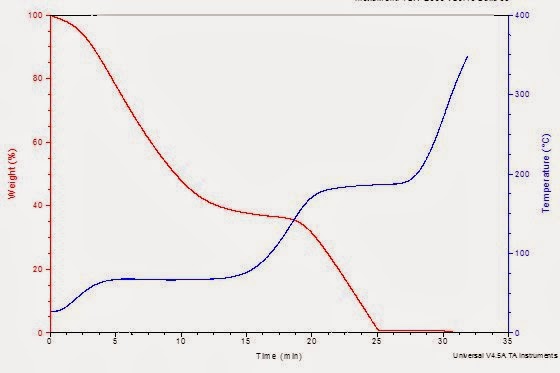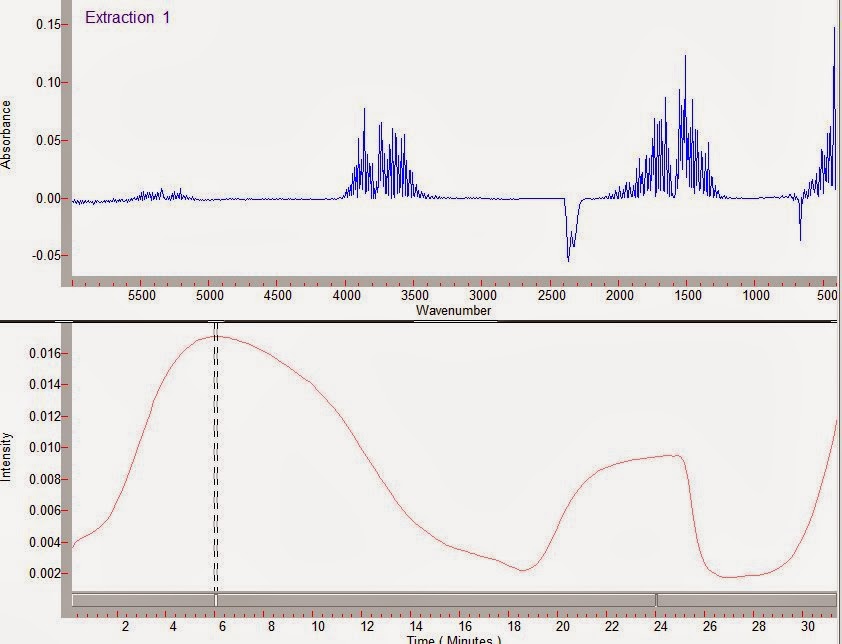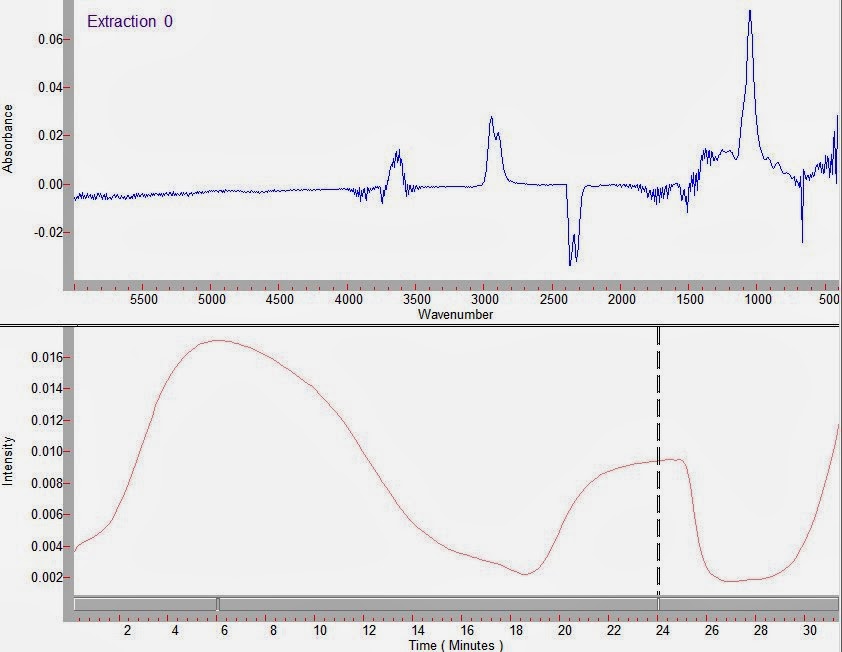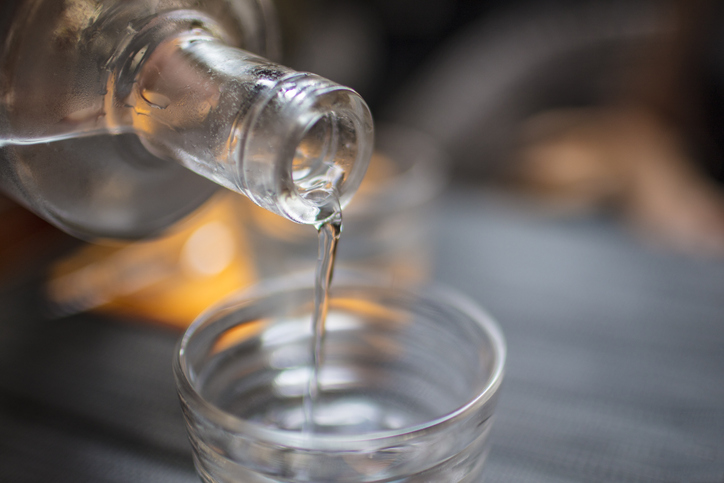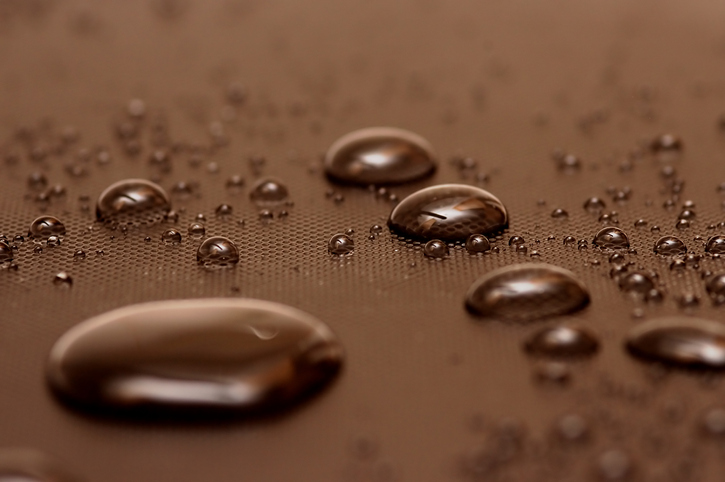
Surface tension is the property that allows water striders to glide across the surface of a pond, for razor blades to float in a glass, and for water to stream from a hose for a certain length before breaking up into droplets. It is caused by intermolecular forces holding molecules in a liquid together, resisting an externally applied force. In water, the strong hydrogen bonds give water a high surface tension relative to other liquids (72.8 mN/m vs. ~30 mN/m for many organic solvents); this hydrogen bonding also results in water having a higher boiling point than many organic solvents. Mercury is also known for having a high surface tension (480 mN/m), resulting in its propensities for forming balls when placed on a substrate. Surface tension and energy are sometimes used interchangably, although tension is only applied to liquids. High surface energy liquids will not wet, or spread out, onto substrate that has a lower surface energy. Surfactants reduce the surface tension of liquids, allowing them to wet substrates that would normally not be wet by the unmodified liquid.
Surface tension in liquids is commonly measured by the Du Nuoy ring method. In this approach, a precision platinum ring of known diameter is attached to a precision balance, or tensiometer, and is slowly lowered into the liquid with a vertical stage (see image below). The direction is then reversed, and a ring of fluid is slowly pulled up out of the liquid. The tensiometer measures the force required to break free of the liquid, which can be easily converted into a surface tension by knowning the diameter of the ring.
For solids, the surface energy is usually required. A single surface energy term is a bit more challenging to report. The contact angle is normally reported, either from the sessile drop method, in which a liquid of known surface energy is placed on the substrate and the degree of wetting is assessed by its contact angle (see below), or from a Wilhelmy plate approach, in which a piece of the substrate is lowered into a vessel of a liquid of known surface energy, and the force required to lower and raise the liquid is monitored as a function of the perimeter length of the substrate. This latter test gives the advancing and receding contact angle.
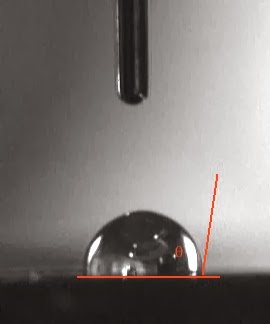
By making measurements of contact angle on a single substrate with multiple liquids of different surface tensions, the critical surface energy of a substrate can be determined where the contact angle goes to zero, indicating good wetting of the liquid on the substrate. All liquids with a surface tension below this critical surface energy will wet the substrate.
Visit our website for more information on surface energy and surface tension measurements.

